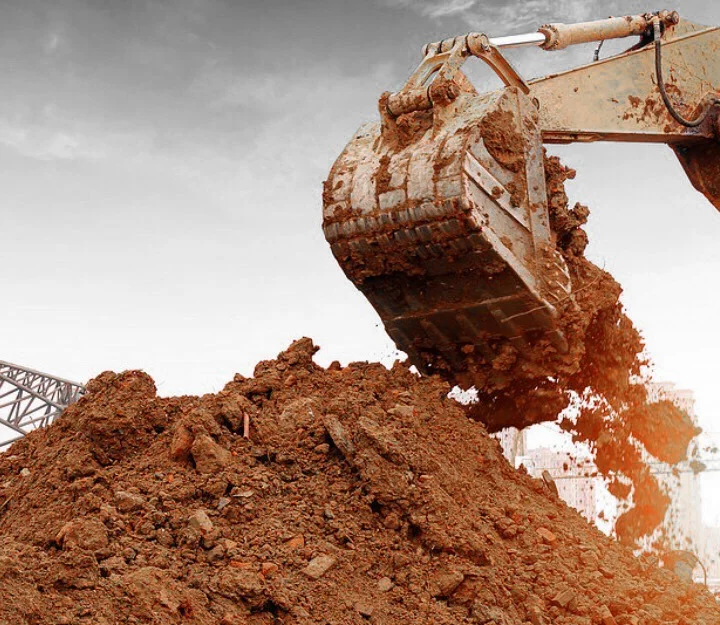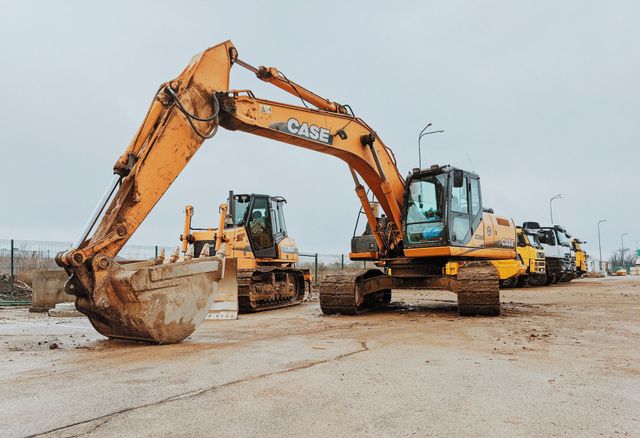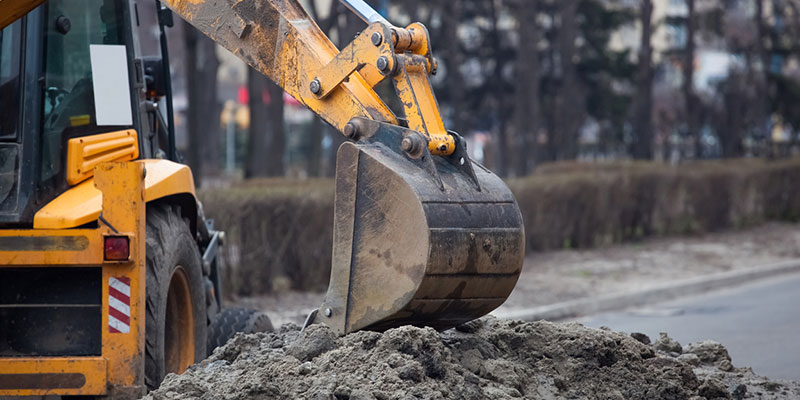Comprehensive Expedition: The Scientific Research Behind Superior Excavation Practices
From ancient hand devices to modern-day hydraulic excavators, the development of excavation techniques has been a testimony to human resourcefulness and technical improvements. What really sets superior excavation techniques apart is a deep understanding of geological concepts, combined with the utilization of cutting-edge devices and techniques.
Development of Excavation Techniques
Throughout background, the advancement of excavation methods has played a crucial duty ahead of time construction techniques and historical discoveries. From the rudimentary devices used by our forefathers to the advanced machinery used in contemporary times, the progression of excavation techniques has significantly changed exactly how we come close to different projects.
In old times, hands-on labor with fundamental devices such as wheelbarrows, pickaxes, and shovels was the key technique of excavation. This labor-intensive procedure limited the deepness and scope of excavations, usually leading to slow progression and restricted accessibility to particular sites. Nonetheless, as people advanced, so did the strategies and tools utilized for excavation.
The Industrial Change marked a transforming point in excavation experiment the intro of steam-powered equipment. This development transformed the field, allowing for faster and more considerable excavations. In modern times, technology plays a critical duty in excavation, with advancements like GPS systems, drones, and 3D scanning boosting precision and effectiveness in the area. The evolution of excavation methods proceeds to form the way we develop, discover, and recognize the globe around us.
Role of Technology in Excavation

The integration of cutting-edge modern technology has actually essentially transformed the area of excavation, enhancing accuracy and performance to unmatched levels. Among the crucial technological advancements that has actually substantially impacted excavation techniques is the use of GPS systems. These systems enable precise mapping of excavation websites, allowing operators to properly find underground energies and structures. Additionally, the usage of telematics in excavation tools has actually allowed real-time tracking of device performance, resulting in proactive upkeep and increased operational performance.
Moreover, the introduction of 3D modeling and simulation software has structured the planning procedure for excavation tasks. Engineers and drivers can currently visualize the whole excavation process before breaking ground, recognizing possible difficulties and enhancing process. Combined with this, the application of drones in excavation tasks has actually assisted in airborne surveys, volumetric dimensions, and website evaluations with unrivaled speed and precision.
Geological Concepts in Excavation
An understanding of geological concepts is necessary for making certain the architectural stability and stability of excavation websites. Geological aspects play a critical duty in figuring out the expediency and safety of excavation projects.
Furthermore, the geological framework of the area, including mistakes, cracks, and rock formations, should be carefully analyzed to recognize prospective risks and challenges. Digging deep into near mistake lines or unstable rock developments can bring about instability and prospective risks. By conducting extensive geological surveys and analysis, excavators and designers can develop techniques to mitigate risks and ensure the effective completion of excavation projects. Inevitably, including geological principles into excavation methods is crucial for attaining risk-free, reliable, and lasting outcomes.

Most Current Devices for Excavation
In the realm of excavation techniques, modern developments in tools have actually reinvented the effectiveness and precision of excavation procedures. These drones can supply in-depth aerial surveys of excavation websites, using real-time data on topography and potential threats.
One more cutting-edge device acquiring appeal is the application of 3D printing technology for developing personalized excavation devices. This permits the production of specialized devices website link that are tailored to the certain requirements of a task, boosting efficiency and decreasing downtime.
Furthermore, innovations in products science have led to the development of more powerful and a lot more long lasting excavation tools. dump truck companies in ohio. Tungsten carbide-tipped excavator accessories, for instance, offer premium performance in tough ground conditions, enhancing efficiency on-site
Science's Influence on Excavation Practices

Additionally, scientific study on dirt technicians and geotechnical engineering has actually offered valuable understandings into soil behavior, enabling excavation specialists to make enlightened choices pertaining to excavation techniques and soil stabilization techniques. On the whole, science proceeds to drive innovation and enhancement in excavation practices, making excavation jobs much more reliable, cost-efficient, and sustainable.

Conclusion
In final thought, the advancement of excavation techniques has been considerably influenced by advancements in technology and a deeper understanding of geological concepts. The current tools and devices used in excavation have actually boosted effectiveness and precision in the field. visit this site The application of clinical expertise has substantially improved excavation practices, causing a lot more sustainable and reliable approaches for excavating numerous sorts of materials.
In the world of excavation methods, modern innovations in devices have transformed the effectiveness and accuracy of excavation processes. By leveraging clinical concepts, the excavation industry has been able to considerably enhance efficiency, accuracy, review and safety in excavation procedures. GPR permits excavation groups to non-invasively check and map subsurface frameworks, utilities, and prospective risks, enabling them to intend excavation tasks with higher precision and minimized risk of mishaps.
Furthermore, clinical research study on dirt auto mechanics and geotechnical design has given important insights into dirt behavior, enabling excavation professionals to make informed decisions relating to excavation techniques and soil stabilization techniques. On the whole, scientific research continues to drive development and improvement in excavation techniques, making excavation jobs more effective, cost-effective, and lasting.